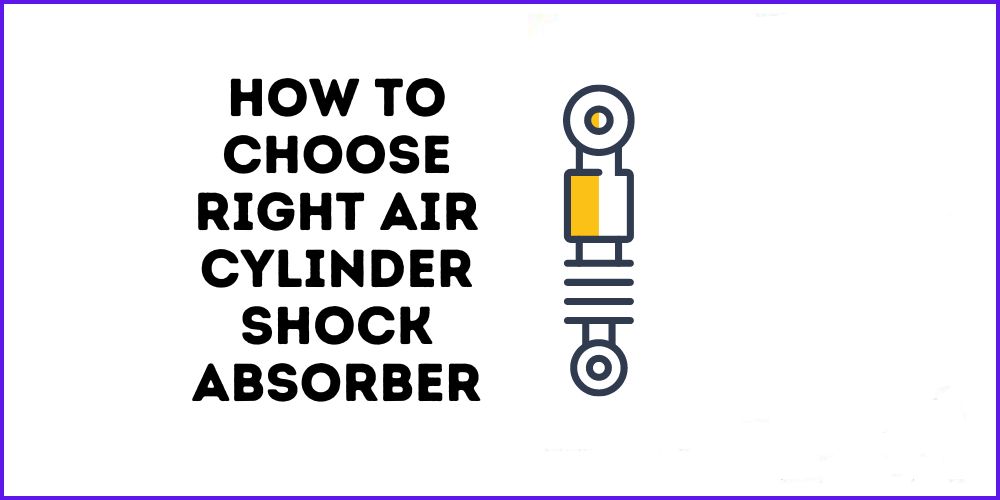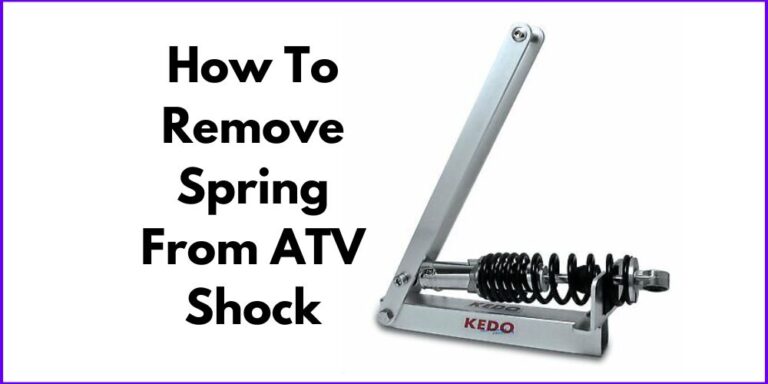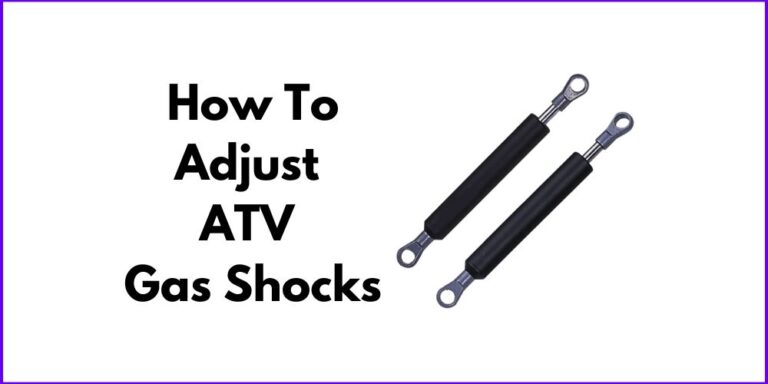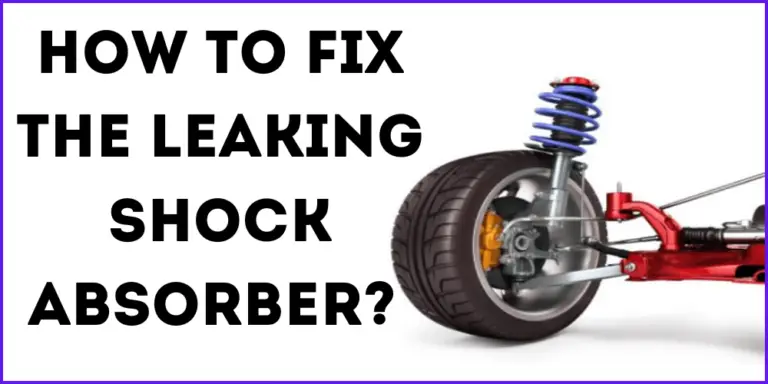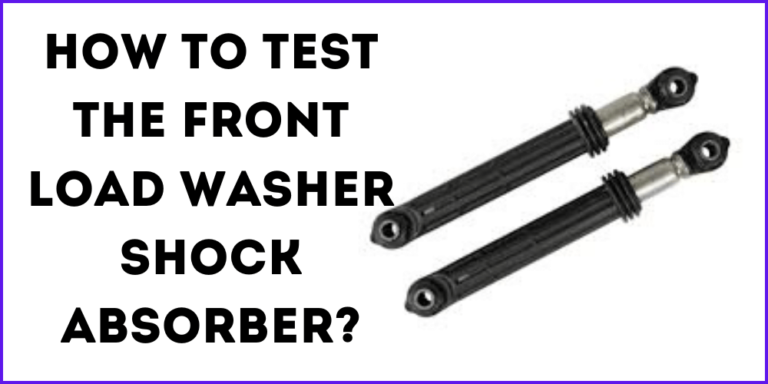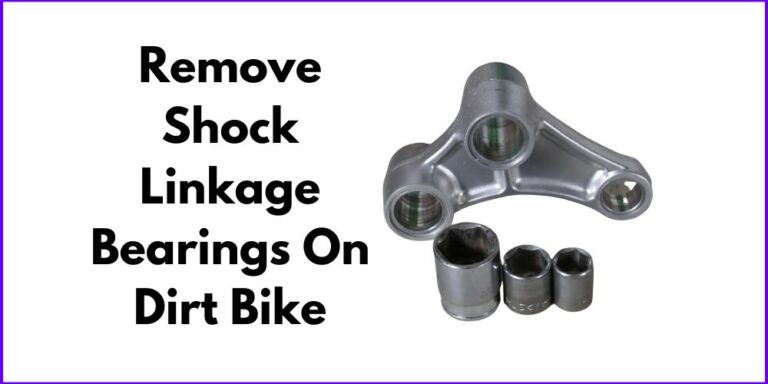Air cylinder shock absorbers, also known as air springs or air struts, are an essential component in a wide range of industrial and automotive applications. They use compressed air to generate linear force and movement and provide damping and support for moving parts such as doors, valves, and machinery. But with so many options on the market, how do you choose the right one for your specific needs?
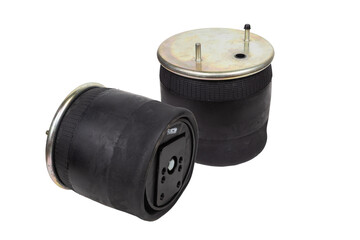
Choosing the right air cylinder shock absorber is crucial for ensuring safe, reliable, and efficient operation. An improperly chosen air cylinder shock absorber may not be able to handle the load or pressure requirements, leading to damage or failure of the equipment or system. Additionally, an air cylinder shock absorber that is not well-suited to the specific application may not provide optimal performance and may require more frequent maintenance or replacement.
In this blog post, we will explore the factors to consider when choosing an air cylinder shock absorber, and give you tips on how to measure the load and stroke length, proper installation, and maintenance. By the end of this post, you will have a better understanding of how to select the right air cylinder shock absorber for your application, ensuring safe and efficient operation.
Factors to Consider when Choosing an Air Cylinder Shock Absorber:
- Load Capacity
- Stroke length
- Operating pressure
- Operating temperature
- Mounting options
- Additional features (such as speed control or built-in sensors)
1. Load capacity: The load capacity of an air cylinder shock absorber refers to the maximum load or weight that it can support. This is a critical factor to consider, as it will determine whether the air cylinder shock absorber can handle the demands of the specific application. It is important to select an air cylinder shock absorber with a load capacity that is equal to or greater than the expected load.
2. Stroke length: The stroke length of an air cylinder shock absorber refers to the maximum distance that the piston can travel within the cylinder. This is also an important factor to consider, as the stroke length will determine the range of motion and overall performance of the air cylinder shock absorber. It is important to select an air cylinder shock absorber with a stroke length that is equal to or greater than the expected range of motion.
3. Operating pressure: The operating pressure of an air cylinder shock absorber refers to the amount of air pressure that is required to move the piston within the cylinder. This is a critical factor to consider, as it will determine the force and power of the air cylinder shock absorber. It is important to select an air cylinder shock absorber with an operating pressure that is compatible with the available air supply.
4. Operating temperature: The operating temperature of an air cylinder shock absorber refers to the range of temperatures in which it can safely and effectively operate. This is a critical factor to consider, as extreme temperatures can affect the performance and lifespan of the air cylinder shock absorber. It is important to select an air cylinder shock absorber that is rated for the expected operating temperature range.
5. Mounting options: The mounting options of an air cylinder shock absorber refer to the different ways in which it can be attached or installed. This is an important factor to consider, as the mounting options will determine the overall ease of installation and compatibility with the specific application. It is important to select an air cylinder shock absorber with mounting options that are compatible with the available space and resources.
6. Additional features: Some air cylinder shock absorbers come with additional features such as speed control or built-in sensors. These features can improve the performance and functionality of the air cylinder shock absorber, but they also add to the cost. It is important to consider if these additional features are necessary for the specific application and if they are worth the added cost.
How to Measure the Load and Stroke Length
Measuring the load and stroke length is an important step in selecting the right air cylinder shock absorber. These measurements will determine the maximum weight that the air cylinder shock absorber will need to support, as well as the maximum distance that it will need to travel.
It is important to have accurate measurements to ensure that you select an air cylinder shock absorber that is well-suited for your specific application. In this section, we will provide a step-by-step guide on how to measure the load and stroke length, and why accuracy is essential.
Step-by-step guide on how to measure the load:
- Gather the necessary tools: Scale or other weighing device.
- Position the load in its maximum position and at the maximum weight it will be.
- Place the load on the scale or weighing device.
- Record the weight of the load.
- Repeat the process for all additional loads that may be applied to the air cylinder shock absorber during operation, such as vibration or impact.
- Add all the weights together to get the total load.
Step-by-step guide on how to measure the stroke length:
- Gather the necessary tools: Ruler or tape measure.
- Measure the distance between the starting point and the endpoint of the movement, when the load is in its maximum position.
- Record the stroke length.
- Repeat the process for all additional movements that may be applied to the air cylinder shock absorber during operation.
- Add all the stroke lengths together to get the total stroke length.
It’s important to note that the accuracy of these measurements is crucial for selecting the right air cylinder shock absorber. An inaccurate measurement can lead to selecting an air cylinder shock absorber that is not well-suited for the specific application, resulting in damage or failure of the equipment or system. It’s important to use accurate measuring tools and to double-check your measurements before making a final decision.
However, measuring the load and stroke length is a crucial step in selecting the right air cylinder shock absorber. Accurate measurements will ensure that you select an air cylinder shock absorber that is well-suited for your specific application, resulting in safe and efficient operation. The above-mentioned step-by-step guide will help you to measure the load and stroke length accurately and make the right decision.
Tips for Proper Installation and Maintenance
After selecting the right air cylinder shock absorber for your specific application, it is essential to ensure proper installation and regular maintenance to ensure safe and efficient operation. In this section, we will discuss proper installation techniques, regular maintenance schedules, and how to troubleshoot and fix common issues.
Proper installation techniques:
- Read and understand the manufacturer’s installation instructions before beginning the installation process.
- Properly mount the air cylinder shock absorber using the recommended mounting options.
- Ensure that the air cylinder shock absorber is level and properly aligned with the equipment or system.
- Connect the air supply to the air cylinder shock absorber using the recommended tubing and fittings.
- Test the air cylinder shock absorber for proper operation and make any necessary adjustments.
Regular maintenance schedule:
- Check the air cylinder shock absorber for leaks and damage on a regular basis.
- Lubricate the air cylinder shock absorber as recommended by the manufacturer.
- Check the air supply for proper pressure and flow.
- Monitor the air cylinder shock absorber for signs of wear and tear and replace it as necessary.
How to troubleshoot and fix common issues:
- If the air cylinder shock absorber is not moving, check the air supply for proper pressure and flow.
- If the air cylinder shock absorber is leaking, check for damaged or lose fittings and replace them as necessary.
- If the air cylinder shock absorber is not absorbing shock or vibrations properly, check for worn or damaged components and replace them as necessary.
- If the air cylinder shock absorber is making noise, check for proper lubrication and add as necessary.
Proper installation, regular maintenance, and troubleshooting are essential to ensure the safe and efficient operation of your air cylinder shock absorber. By following these tips and guidelines, you can extend the lifespan of your air cylinder shock absorber and ensure that it performs at its best.

